
RAJASTHANI LIME PLASTERS OF SHEKAWATI
Architectural Study Tour
Rajasthani Lime Plaster Workshop
Three days is the ideal time frame for a hands on workshop exploring the local lime plasters of the Shekawati region. During which time the students will receive practical instruction on techniques for the preparation and application of three distinct lime plaster finishes. All taught by a highly experienced Master Craftsman. Theory sessions explaining the science behind the tradition will be provided by Kimberley.
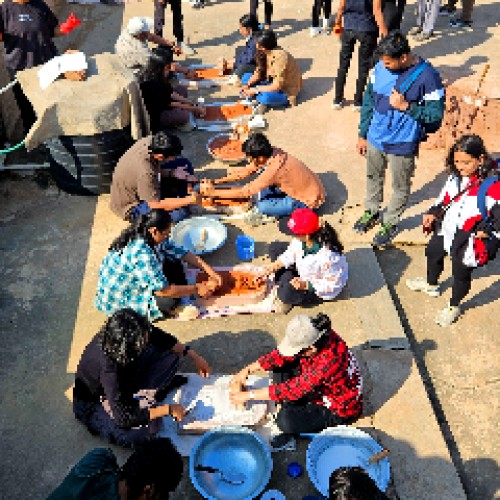
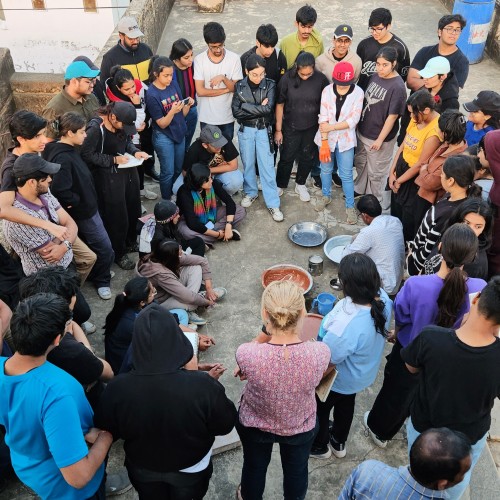
Workshop Content
Theory
- Introduction to Materials
- Lime Cycle
- Various Types of Lime
- Comparison of Lime & Cement
- Effect of Cement on Heritage Structures
- Pozzolans
- Natural Pigments
- Herbal Admixtures
Practical
- Introduction to Materials
- Introduction to Tools of the Trade
- Slaking Lime
- Preparing Surki
- Preparing Plaster Mixes
- Wall Preparation
- Repairing Damage in Walls
- Application of Thappi, Lohi & Araish
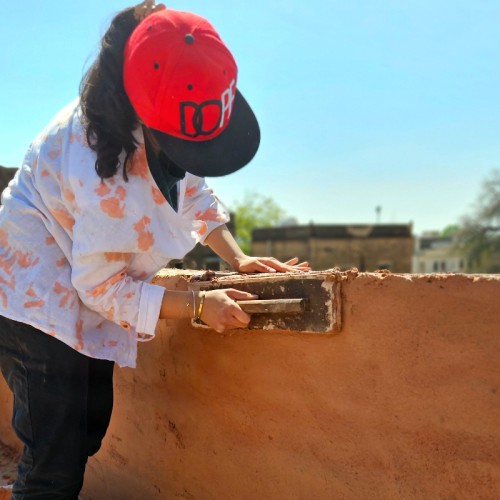
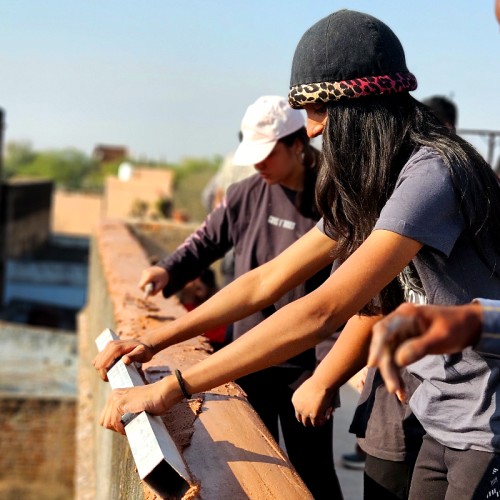
Learning Outcomes
- Indepth understanding of the various types of lime and how to identify them
- Exposure to one of India's many diverse vernacular architectural traditions
- Understanding of the science behind the use of herbal admixtures
- Appreciation for the importance of researching and analysing traditional architectural knowledge systems
- Exposure to the importance of conserving the precious cultural heritage inherent in traditional architectural knowledge systems
- Skills development in plaster preparation and application
- Confidence in working with one's hand on a live site
Tours can be designed based on your schedule, incorporating a combination of a hands on workshop with exploration and documentation of significant Havelis in the wider Shekawati region.
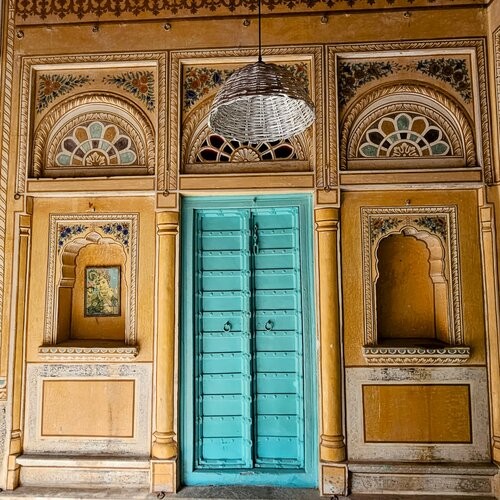
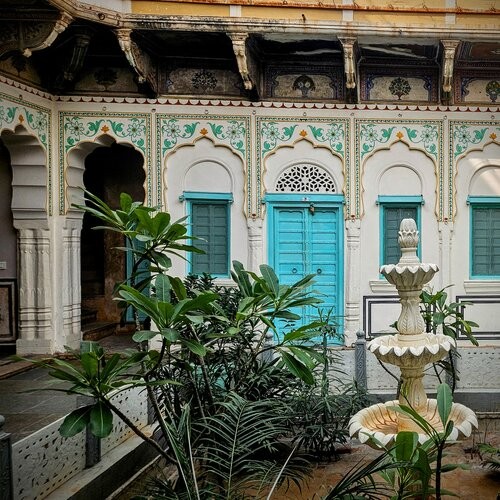
Shekawati - Where Heritage, Architecture, Art & Culture Once Thrived...
Shekawati is home to many grand Havelis demonstrating the fine craftsmanship of generations past. A wander through the alleys and backstreets of the towns and cities in the region offers a window into the once grand past of the trading families of this region.
Shekawati was an important halt in the middle of the desert on the ancient caravan route connecting India and the rest of Asia to the Middle East. During the 19th and 20th centuries, the trade network took a dramatic turn under the East India Company, resulting in the outmigration of many traders from Shekawati the port cities of Kolkata and Chennai to take advantage of the trade with Europe.
Fortunes were made and in turn, so were elaborate Haveli’s. The traders sent money back home to construct and elaborately decorate grand homes. Even now one can sense the rush to outdo one’s neighbour with fine architectural embellishment. Ornate timber work, imported handmade tiles and coloured glass, fine plasters and of course colourful frescoes.
The frescoes were achieved over fine polished marble plaster known locally as Araish. A laborious finish that requires not only the plaster to be ground by hand on a stone, but once applied it is then burnished until it provides a shiny mirror finish. The extensive use of this plaster throughout homes is a testament to the owners commitment to nothing but the finest of finishes for their homes.
Shekawati is home to three distinct lime plasters - Thappi, Lohi and Araish, Throughout their time in Shekawati students will have the opportunity to see for themselves the durability and timelessness of these finishes.
**Photos on this page were taken during a private workshop hosted for architectural students of NMIMS Balwant Sheth School of Architecture, Bombay in 2024.